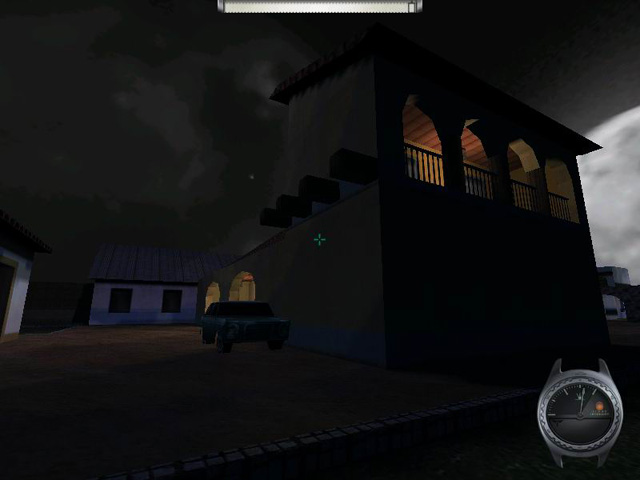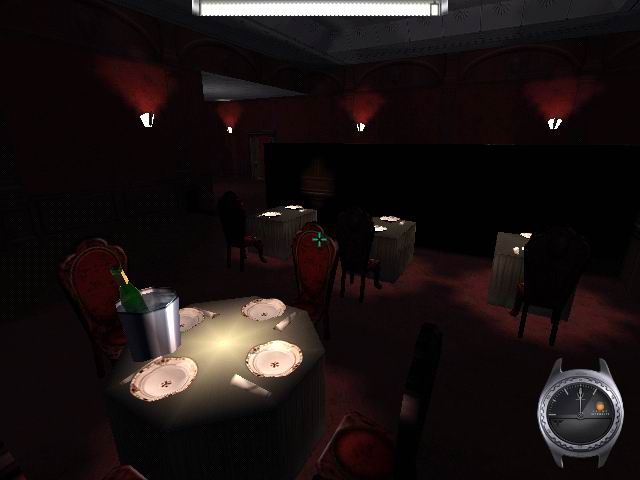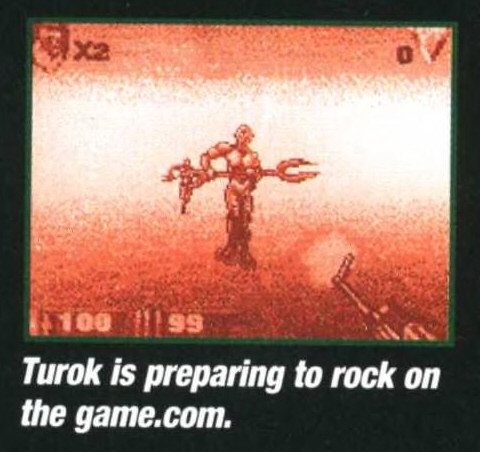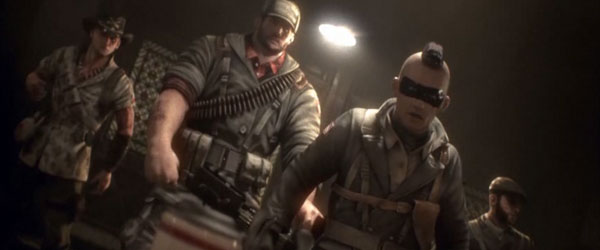Kanaan (AKA Chaos when it was conceived on Playstation 1) is a cancelled first / third person open world shooter that was in development by Argonaut Games in late ‘90, planned to be published in 1998 / 1999 by Ubisoft on PC. While many other lost games from Argonaut were widely known, this one seems to have been forgotten for many years, until in January 2016 Werta Oldgamesru noticed this title and posted about it in our Unseen64 FB Forum. The project was quite an interesting twist on the classic shooter genre, because of its open world environments and anthropomorphic animal enemies. As noticed by Ross Sillifant, a two-pages preview of the game was featured in Edge magazine September 1998 issue, where we can read a lot of details about its gameplay:
“Think dark tunnels, think robot enemies, think bleak future worlds. The stereotype defined by ID’s seminal Doom has been adhered to with a near-religious reverence by developers worldwide. So perhaps, it’s salient that Argonaut, a traditional console game company once strongly linked to Nintendo, should be chipping away at the genre’s mould. Argonaut first person foray is currently dubbed Kanaan, although the search for a name to replace the development tag of “Chaos” has been a protracted wrangle. While the game’s futuristic setting is nothing new, its dog-themed alien enemies are refreshingly different. Guiding lone human Gabriel Cain, the player must stop the invaders from capturing his home planet of Camrose. Cain is one of two surviving members of Camrose’s crack Chaos Squad, the other being the group’s traitorous captain deSoto. As the game progress, new plot elements are introduced, including Cain joining the underground resistance. New weapons, locations and environments will gradually be uncovered as Cain struggles to defeat the alien foe. His eventual target is the alien leader Commander Kray, who must be brought down for Cain’s final victory.
Through the careful use of tessellation techniques, Kanaan has been gifted with vast environments. […] However, the game also contains a large number of structures which can be entered, the action blending smoothly from interior to exterior. Using Kanaan’s powerful 3D engine fully, certain buildings will feature balconies, giving the player the ability to look across an area and attack enemies from a distance.
In order to move swiftly around these incredibly open areas, the player can capture and utilize a variety of vehicles. These includes jeeps, cars, trucks, speedboats, helicopters and bombers, each with their own armoury available at Cain’s disposal. […]
While Kanaan’s standard viewpoint is first person, Argonaut has strong opinions regarding character depiction, and to that end an additional third person camera is selectable. […]
Cain also has access to a sniper weapon (as seen in Goldeneye) so he can pick-off foes from a great distance by zooming in through the weapon’s sights. Traditional first person puzzle elements also emerge, along with console systems which reveal conundrums that block progress.”
A few more memories about Kanaan’s development can be found in websites of people that worked on it. Simon Grell recalls:
“Kanaan was the first game I worked on at Argonaut. I did most of the character and vehicle designs but unfortunately it was canned shortly before it was due to be released”
In an interview with Julian Alden-Salter posted in the GameOn Forum, we can read:
“I spent 5 years at Argonaut working on Hot Ice (unpublished), Alien Odyssey (unpublished), Croc, FX Fighter Turbo and Kanaan but was made redundant when the project I was producing (Kanaan) was canned.”
As the game was almost complete when cancelled and even Edge was able to try a playable demo, we hope that in the future someone could find a video or even a prototype of Kanaan that could be saved.
Thanks to Werta Oldgamesru, Maik Thiele and Ross Sillifant for the contributions! Screenshots saved from AVOC by Fabio Cristi
Images:
Videos:

![Kanaan (Argonaut) [PC – Cancelled] Kanaan (Argonaut) [PC – Cancelled]](https://www.unseen64.net/wp-content/uploads/2016/05/kanaan-670x300.jpg)



![Turok [Game.com – Cancelled] Turok [Game.com – Cancelled]](https://www.unseen64.net/wp-content/uploads/2016/01/turok-game-com-cancelled-1-670x300.jpg)

